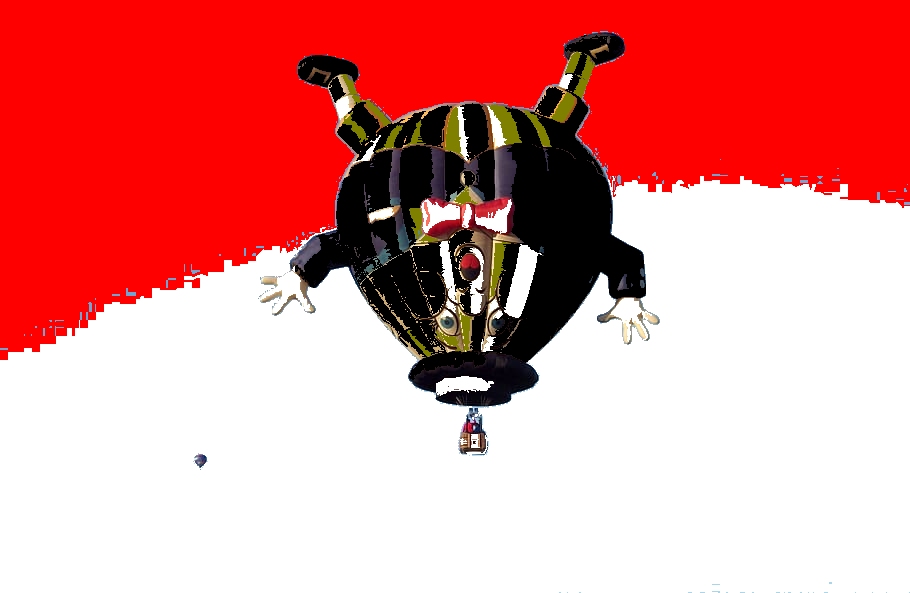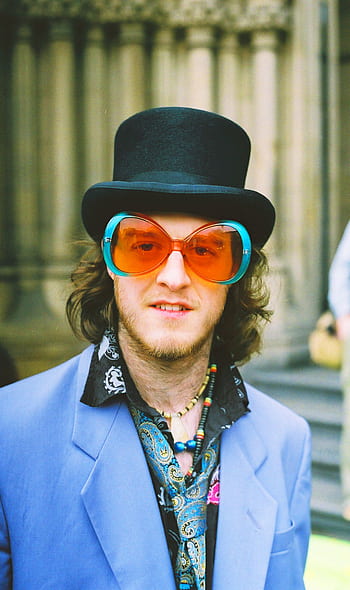 Literature in Life
Literature in Life
Looking into Short History of Myths

After a long break from my passion, this weekend, I realised we are already onto another round of 7 days. I have been searching for some inspiration lately. I want to narrow down a topic about something that is a little away yet close to the thoughts I have been writing in my blog. As I was shuffling through my treasure of compiled words by others, I found this thin book by Karen Armstrong. Surprisingly it was hiding behind the chunkiness of all-season poetry book and another thick pile of thoughts! That piqued my interest, and I took this bold step to scratch its layer a bit.
Since the concept of myths is so exciting yet a little bit difficult to read, many of us feel it needs to be more imaginary, with a base and fact as its backup. I wanted to dwell a little deeper into this idea. How about I take you along with me on this journey of its past, and perhaps together, we will be able to ex ore something interesting solidified within it! So this book, “A Short History of Myth”, will be my friend this week.
I am still a novice to this book as it is just a begging chapter I will take up for today’s blog. However, the concept of legends, myths, and their intense seepage into society’s culture to date, in one way or another, has fascinated me a lot. I am sure this simplified explanation can satisfy your hidden quest to a certain extent too. So, the initial idea starts with a question that may seem very basic but holds a serious question. What exactly is our understanding of the concept of Myth? What do we mean by it, and what does it mean to us? Let’s begin our journey together, and hopefully, you will consider my understanding as just an effort and not a verdict!
The author expresses that humans since ever have been contributing as mythmakers. Be it from ancient human times (Neanderthal times); we can witness its muscular presence. She clarifies that the samples can be found even in their graves in the form of various tools, weapons and sometimes bones from animals, perhaps used for sacrifice. Interesting relation for this concept of associating our thoughts with something imaginary but adding a religious, cultural, and thoughtful connotation added to its mystery even today! An idea of the myth that lures us even today to dive further. I am sure we all have listened and believed even half-heartedly in them.
We have often passed such tiny tales from our respective religions and culture in the form of exciting stories to the future generation. Hmmm, quite a thought! So, When the Neanderthals realised the harsh reality of their mortality, Karen Armstrong further expressed that these people started by creating a counternarrative. This stabilised them into coming up with something they can come to terms with as a support that can take their legacy forward and value the concept of their death. This relates to another trait of us humans regarding ideas and experiences that we cannot find a sense of rationality behind.

Even today, this mythical concept has reduced its credibility since we try to dismiss it as illogical or irrational. But then, on the other hand, we need to realise that imagination is the main reason behind so much of the rational and technological development we see around us! The reason behind our travel into space is the root cause of its product, science, technology and every action that modern rational thought is proud of.
My interest furthers as I proceeded with the book, and another thought pricked my eyes. There are some essential aspects of Myths. There is a presence of death and fear regarding the element of extinction. Secondly, animal bones imply that the idea of burial is supplemented with sacrifice, rituals, and, many times, a scenario that looks entirely dramatised. Also, these Neanderthal myths revolved around graves. Thus, there is a concept of extremity and something that is far away from our experience.
Another exciting aspect of myths I realised is that the people who believe in them express that these are not just baseless stories. They are like ideas that teach us how to behave. Lastly, all myths talk about a similar level. It is as if another separate world exists along with our own. So belief in this invisibility that is present is what forms of base for the existence of mythology.
Now I know there will be so many amongst us who, by this time, are ready to pull me up by the collar in their own modern and practical contradiction. Even I have my own opinions about it. So let me burst this bubble before I am at the receiving end of this flack! I am taking this topic up simply because I find this book enjoyable to read and wanted to share my humble understanding of the author’s in-depth views regarding this exciting idea.
Let’s keep our views as neutral as possible and try to bring the exciting concept before taking any sides. So, from the above explanation and some more, this book attempts to explain that though the myth is based on the inexplainable, mythology is not only about theology. In the modern sense, it is about the experiences humans have and where they feel deeply touched within and lifted beyond!
As we end today’s discussion, the book “A Short History of Myth” tries to explain that it would not be correct to consider myth as something inferior. This thought cannot be put aside even if we, as rational human beings, continuously keep moving into the age of reason. The author further reiterates that the myth is accurate because it is effective and not only because it needs to give us rationale and information. According to her, in today’s modern times, we cannot and should not ignore it as there is so much more to it than just baseless imagination. Also, since human nature is similar throughout, the idea of myth still tries to run free. Many myths have been devised in this society, and from this social living, they thus still address our social fears and desires. So, it makes them prevalent and, to a certain extent, relevant differently in different cultures.
It’s an exciting and engaging way of explaining the concept of myth, its historical importance, and its present and future relevance by the author. We may agree, disagree, or remain neutral, yet the book is a good read with easy-to-understand and engaging language. It even makes us realise that we can comprehend the complex ideas and theories as part of the existing mere mortals—no harm in bursting this myth. I will meet you again with the rest of my understanding on the other end of this book…See you on the other side!
























